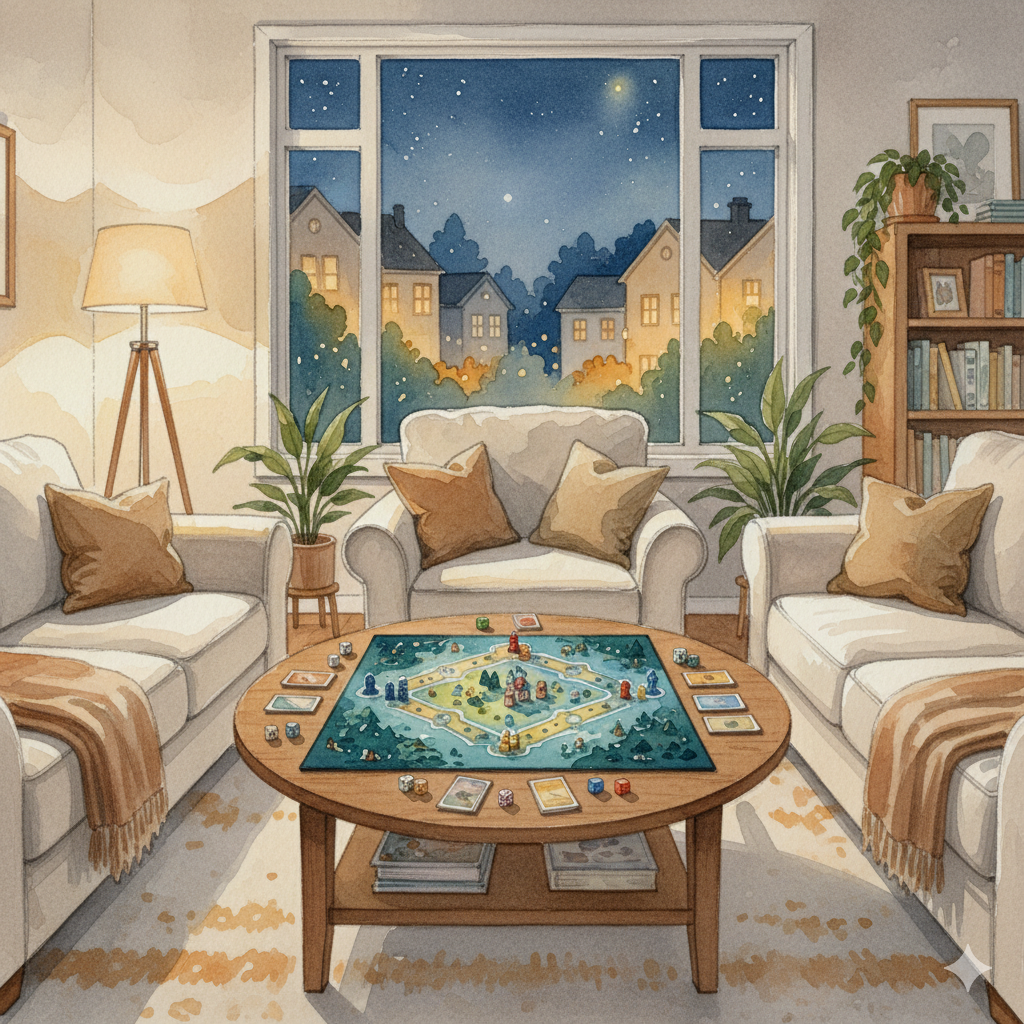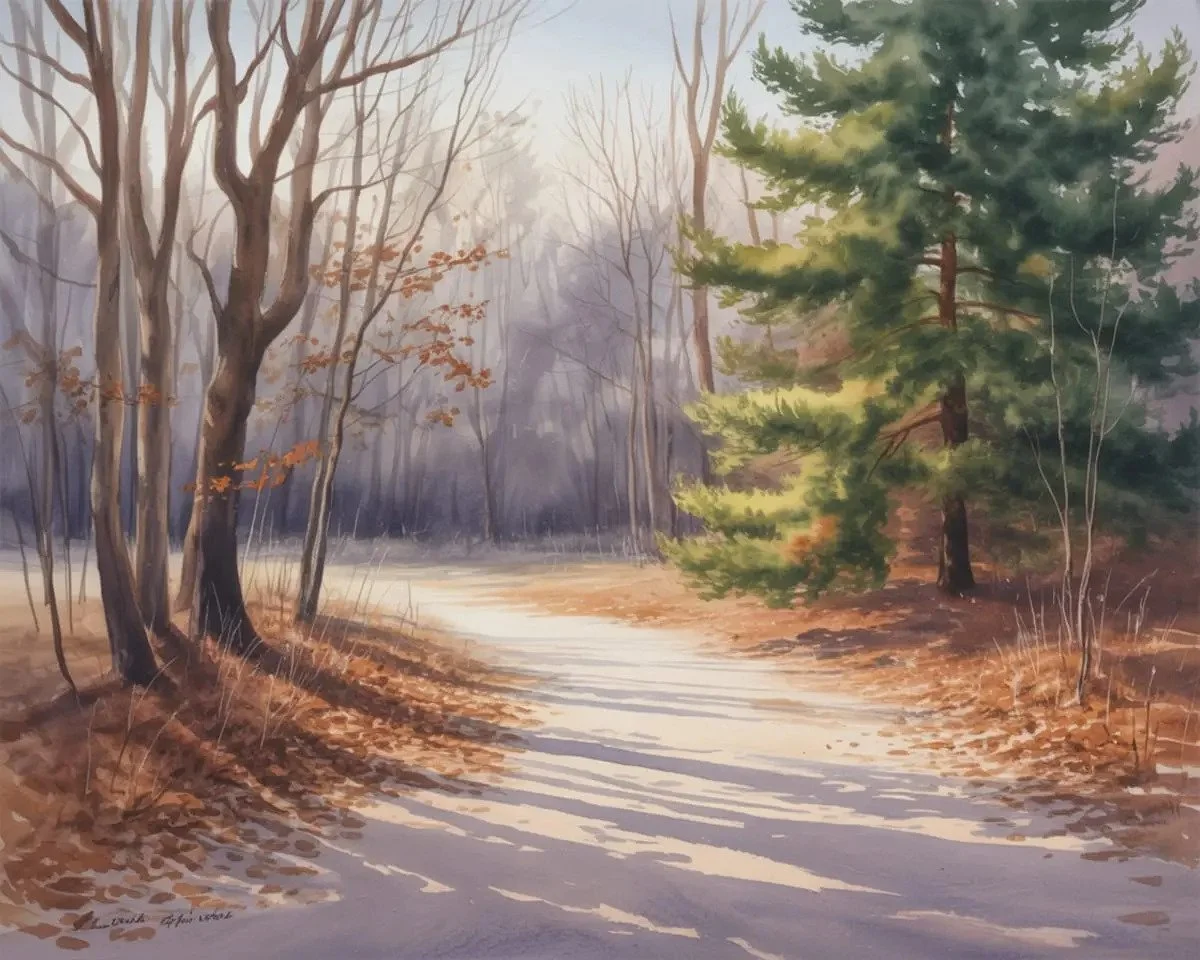How to Istanbul
We landed late at night. The taxi from the airport wound through streets we couldn’t see, only feel. The city was there, somewhere beyond the taxi window, but hidden in darkness. There was no sense of arrival, only motion through a place that had yet to appear.
It wasn’t until the next morning that Istanbul revealed itself us. We woke up to the call to prayer echoing loosely across rooftops. My eyes opened to narrow streets filled with cafes, mopeds, clusters of people speaking languages I didn’t recognize. The air carried the scent of warm bread and strong coffee. Something in me softened. We were somewhere entirely new, though it hadn’t been felt until just then.
We hadn’t planned anything. No itinerary, no must-sees. Just a spontaneous impulse followed through with. We had booked only two nights at our Airbnb, unsure if we would want to stay longer. Seven days later, we were still walking those same cobblestone streets.
That first breakfast stretched for three hours. A spread of dips and olives, cheeses I couldn’t name, three kinds of eggs. Flavors that challenged what breakfast was meant to be. I told my partner, without hesitation, that it was one of the best breakfasts of my life. But it wasn’t just the food. It was the presence. And no one else at the cafe was on their phone. It felt like a different world. The way time felt wide enough to hold wonder, without rush or measurement.
We spent the day wandering. Through shops filled with colour and texture and familiar things that felt unfamiliar in their setting. Through crowds that sounded like stories and smells that lingered. In Lisbon I had thought I had experienced cafe culture—until I saw Istanbul, where every second storefront offered some slowing of time, some invitation to pause.
At some point, we found ourselves at the Hagia Sophia. A vast, cavernous peace held within stone. The building is 1,500 years old. Originally a cathedral, now a mosque—and at one time, the largest cathedral in the world for over 1,000 years. It had been standing for longer than I could fathom. Time had written itself onto the walls. Cracks, stains, chipped mosaics. But none of it diminished the beauty. In fact, it added to it. The age didn’t distract. It brought reverence. A quiet respect for things that last not in spite of time, but because of it.
Later that evening, we booked a small boat tour—impulsively, like everything else that week. The guide spoke perfect English. Only a few of us were aboard. As the boat moved along the Bosphorus, the sun dipped behind the skyline, scattering pink and gold across the surface of the water. We listened to stories about the history of the city while watching it flicker between old and new. In that moment, I felt both suspended and grounded. Drifting, but fully present.
It was all unexpected. Not just the beauty of the city, but how safe, calm, and nourishing it felt.
On the way to the airport before the flight, I had called my parents. They had been to Turkey many years ago and offered warnings of safety out of habit. Be careful. It may not be safe. There might be discrimination. The words weren’t new. They echoed the vague anxieties that often accompany places we do not know. Too foreign, too unfamiliar, too uncertain. My own hesitation came not from experience but from the stories I’d heard, the coverage I’d seen, the way places get flattened into headlines and hearsay.
But the Istanbul I experienced bore no resemblance to the one I had imagined. In its place was something vivid, generous, and inviting. Nothing matched the map in my mind. And that was the gift.
It left me wondering: what else have I misunderstood? What places, or people, or possibilities have I quietly put to the side—not from knowing, but from fearing? What stories have I accepted without living, filled in with artificial color, faded by distance?
Last night I read something in a book about how we’re all like cameras. We arrive in the world with blank film. As we move through life, we capture images—moments, impressions, conversations—that shape what we believe about the world. Some of the pictures are clear and vibrant because they’re our own. Others are faint and washed out, taken not by us, but handed down: secondhand photographs of places we’ve never been, people we’ve never met, lives we’ve never lived.
The more I thought about it, the more I started to see this trip not as a vacation, but as a new photo—one I hadn’t taken yet. One that replaced the old picture I had been carrying, unbeknownst to me. And the remarkable thing was not that the real Istanbul was different from what I imagined. It was that I had finally given myself permission to look for myself.
Sometimes, it’s not about collecting more pictures, but about changing the ones we already have. Releasing the images built from warnings, letting go of inherited shadows, creating space for surprise. What we believe can have more to do with what we’ve been told than what we’ve seen. And the only way forward is to see for ourselves.
There’s something about a spontaneous trip that creates intimacy, not only with a place, but with our own perceptions. Without plans, we notice more. Without expectations, we feel more. And when we allow a place to reveal itself on its terms, rather than ours, we’re reminded of how much there is beyond the edges of what we think we know.
In many ways, the journey wasn’t just to Istanbul. It was out of a story I had quietly accepted. Out of assumption. Out of caution. And into wonder. There are fewer things more disorienting and more necessary than being wrong in the best way. It’s a reminder of how alive the world is when we let it be different than we expected.
Sometimes, all it takes is a call to prayer at dawn, a plate full of olives, and a boat at sunset to remember how little we know—and how beautiful that can be.
Istanbul felt like a beginning. And maybe it was.
And that is how I learned to Istanbul.





